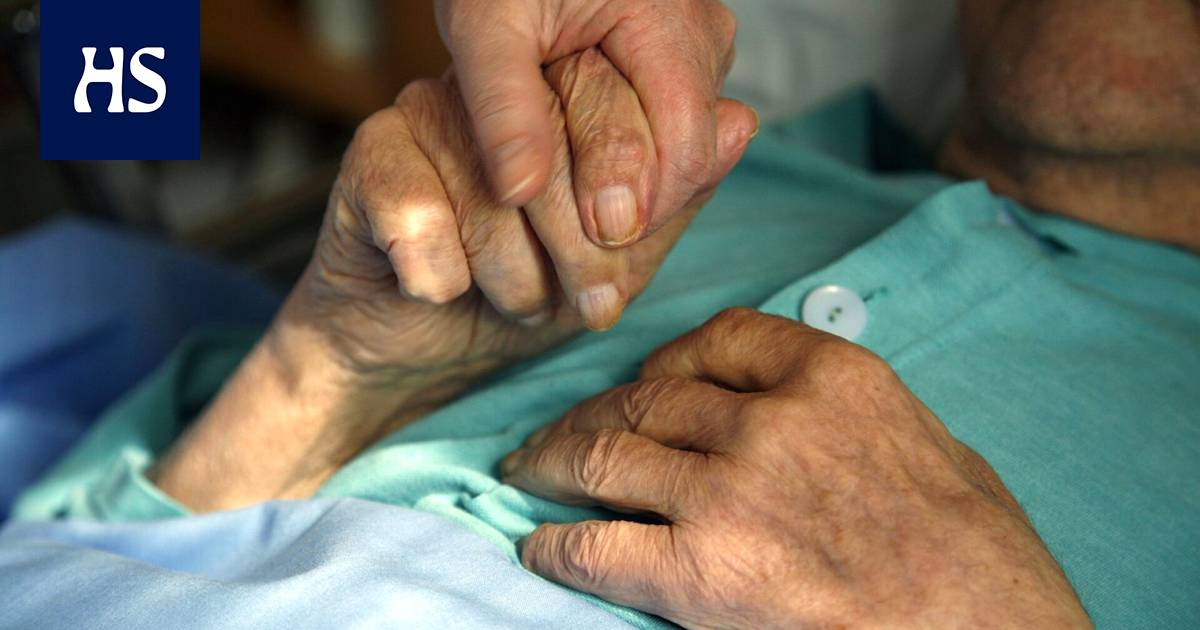Some people think that a patient may be left without the treatment they need because of a restraining order. In reality, a decision not to resuscitate can only be made when resuscitation is of no benefit to the patient or causes him more harm than good.
In Finland two types of resuscitation bans are made. Doctors make resuscitation bans on medical grounds, in addition to which patients can record the resuscitation ban at their own discretion.
Based on the complaints received by Valvira, patients or their relatives do not always understand the difference between a doctor’s ban on resuscitation and a ban on resuscitation indicated in the will to treat, says Valvira’s chief physician. Valpuri Taulasalo.
“It has not been clear to some patients that a resuscitation decision by a doctor requires the patient to be informed but not their consent. Nor can a doctor’s ban on resuscitation be revoked at the request of the patient or his or her relatives. The patient cannot be given medically unjustified treatment, ”says Taulasalo.
According to Taulasalo, based on the complaints received by Valvira, another misunderstanding related to the restraining orders concerns the content of the decision.
Some people think that a patient may be left without the treatment they need because of a restraining order. In reality, a decision not to resuscitate can only be made when resuscitation is of no benefit to the patient or causes him more harm than good.
With resuscitation a very small portion of all treatment is excluded. Despite the ban, a patient who is denied resuscitation without being excluded from other treatments can receive a variety of treatments.
For example, in intensive care, the treatment is limited in stages according to the patient’s condition: no resuscitation, no ventilator treatment, no kidney replacement treatment, and so on, says the chief physician of the intensive care unit of Turku University Central Hospital and the chairman of the Finnish Intensive Care Association. Mika Valtonen.
“The restrictions on treatment – including the ban on resuscitation – can equally be lifted if the patient’s recovery turns better despite poor expectations,” Valtonen points out.
In intensive care, prioritizing patients and limiting treatments are part of doctors’ daily lives – possibly even more so when a large number of patients are ill at the same time. No intensive care is given to those who do not benefit from it or for whom it would only be a prolongation of suffering.
Recovery decisions should always be part of a care plan, for example in nursing homes or other end-of-life care settings. They are part of the patient’s good care and lobbying, Valtonen says.
“Treatment plans save time and guide patient care regardless of location.”
According to Valtonen, resuscitation bans recorded by patients in their own treatment will also always be important, as resuscitation takes place outside the hospital and by non-doctors. The will to care is expressed regardless of the patient’s own circumstances. Prohibition of resuscitation is only one part of the will to treat.
A patient cannot claim unjustified treatment, but as a legal person, he or she has the right to refuse even useful treatment.
According to Valtonen, some of the elderly patients may refuse, for example, surgery at the end of their illness. In this case, the patient must be treated in another medically acceptable manner that the patient himself or herself accepts.
University of Helsinki According to a survey conducted in the early 2000s, 12 per cent of Finns over the age of 75 with cardiovascular disease wanted to care at the time. Will to care was more common among women than men.
The study involved 400 Finns.
Almost half of the respondents thought that they would like resuscitation in their current state of health if the need arose, says Emeritus Professor of Geriatrics at the University of Helsinki Timo Strandberg.
“What was interesting was that this view was shared by many of those who had a will to care. However, we did not receive more detailed information about the content of the treatment wishes, which means that it is possible that not all treatment wishes were marked with a ban on resuscitation, ”says Strandberg.
Later The material on the subject of the University of Helsinki is a few years old. The study involved an average of 80-year-old Finnish men still living at home. 20% of them had a will to care.
According to Strandberg, no direct conclusion can be drawn from the studies that the number of treatment wishes has increased.
“The men in the more recent study were very subsistence, that is, possibly the ones among whom treatment desires might be most common. However, I believe the figures are close to the truth. ”
Strandberg also highlights international research in his second year. The study looked at the resuscitation of people over the age of 80, and involved several countries from Europe as well. According to the study, only a very small proportion of people over the age of 80 had benefited from resuscitation. Seven percent of those resuscitated had a resuscitation ban marked with a will to care.
According to Strandberg, there are also resuscitation situations in Finland in which the patient is resuscitated despite the ban on resuscitation, which is important for the will to care, because, for example, paramedics may not have time to get information about the will to care.
#Medical #care #misconceptions #resuscitation #bans




/s3/static.nrc.nl/wp-content/uploads/2024/04/web-2604buisolskyi.jpg)




